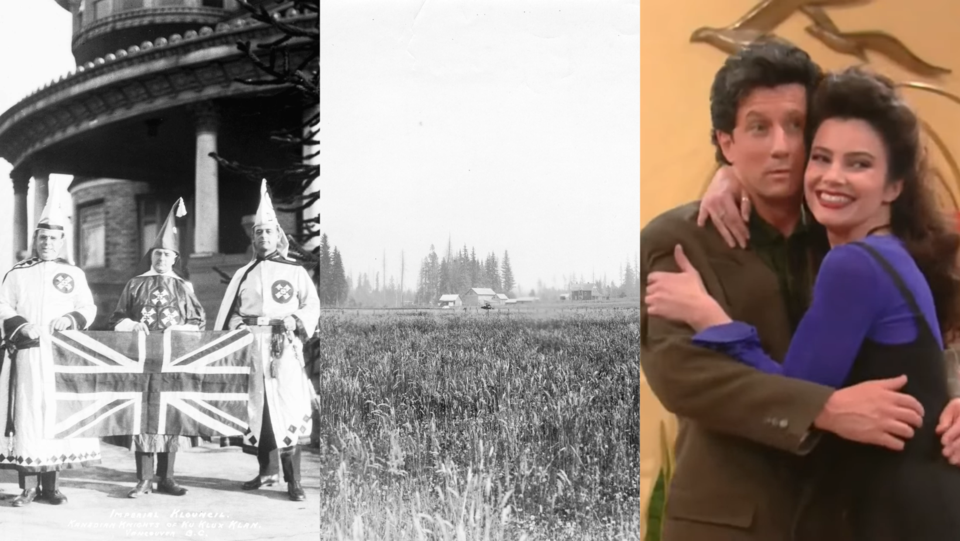Shaughnessy, Vancouver's historic upscale neighbourhood, was in the news recently thanks to questions about housing density in the city.
While not the oldest neighbourhood in Vancouver, or particularly vibrant, it does have its own role in the city, along with housing many of the city's wealthiest residents.
That includes some unwelcome residents, unexpected nicknames and at least one attempt at secession (on a municipal level).
1. It was known as Poverty Hill or Mortgage Heights during the Great Depression
According to the City of Vancouver, Shaughnessy (while still being an upscale neighbourhood) had some unfortunate monikers during the late 1920s.
"The once affluent neighbourhood become known as ‘Poverty Hill’ or ‘Mortgage Heights,’" according to a city report on the area's history.
This was due to wealthy homeowners not being able to afford their mansions after the stock market crash; some homeowners sold their property for well below what they paid while other residents ignored the laws in the neighbourhood around multi-family homes and the houses were converted into multiple dwellings.
2. The KKK had a base there
In the 1920s the openly racist Kanadian Knights of the Ku Klux Klan (yes, spelled that way) was gaining popularity in Vancouver and were able to rent out one of the mansions in Shaughnessy for their own use.
They even had big newspaper ads in major newspapers advertising membership, including a form to fill out to mail to the house at 1690 Matthews Ave.
The base didn't last long though, and they were out of it before the 1920s ended. The house still exists though, as the Canuck Place Children’s Hospice.
Fun bonus fact about that house, it was also called the Mae West Home for a bit, after the Hollywood actress, because of its two big round towers.
3. It's named after the great-grandfather of an actor in The Nanny
Thomas Shaughnessy was an influential American railway administrator; he started off as a clerk, the son of a police lieutenant and rose in the railway industry over the years, joining the CPR in 1882 at the age of 29 and continuing to rise in the business world (he was known for scrutinizing deals and keeping costs low).
He eventually became president of the CPR and expanded the railway's tourism activities (he was instrumental in the expansion of CPR's steamships on BC's coast and the famous grand hotels the CPR ran).
Despite being American, the British government liked him enough (under his instruction the CPR's resources were used to help the United Kingdom's efforts during WW1) to knight him and make him the first Baron Shaughnessy.
The fifth Baron, Charles Shaughnessy, is still around; he played Maxwell Sheffield, the father in The Nanny.
4. Before it existed lots were sold cheaply to speculators
Shaughnessy has always been a fancy neighbourhood; it was marketed as such before it existed. Before a house was built it was being billed as a new place for the city's wealthy to move, as the West End filled up.
In 1907 empty lots were being advertised between $430 to $800 as the CPR sold the land to create the "swellest" neighbourhood in Vancouver, according to one ad in the Vancouver Province.
People lined up to buy some of the undeveloped property.
5. It almost became its own city
The City of Vancouver wasn't always as it is now, and its political boundaries grew up until 1929.
Before that, Point Grey was its own municipality and included Shaughnessy. There was a session movement in the neighbourhood in 1913 and 1914, which would have created a fourth municipal government where the City of Vancouver sits now (South Vancouver was its own city as well).
As Point Grey was becoming more commercial, Shaughnessy residents wanted none of that and some proposed leaving Point Grey and starting their own local government. While it got headlines for a couple of years in local papers, Shaughnessy proponents ultimately failed.
In 1929 Point Grey and South Vancouver amalgamated with the city.




